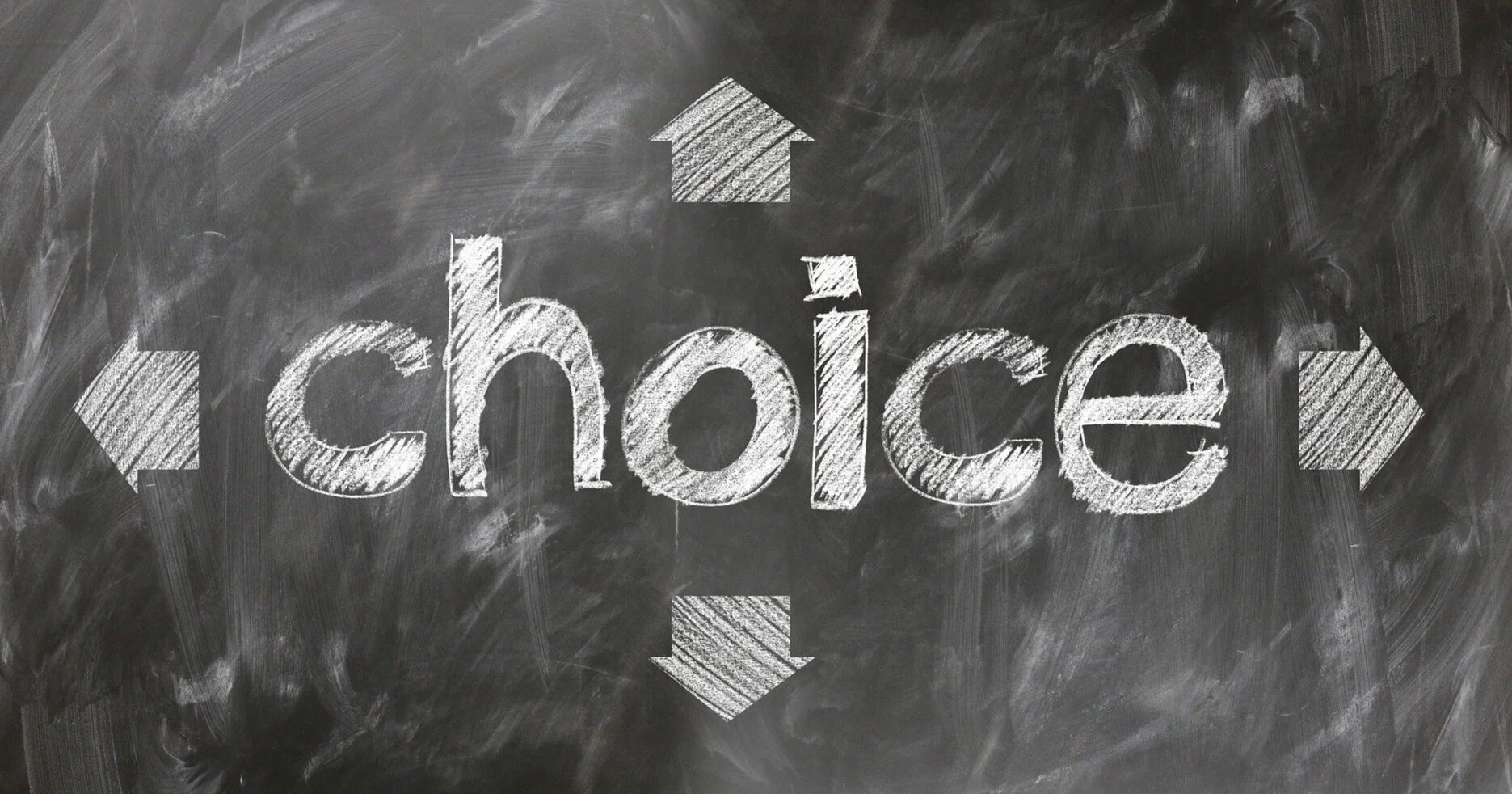Loving Gaze and Career/Life Success
On New Year’s Eve, I attended a Buddhist Meditation program for welcoming in 2020. It was a big group. The mood was positive and serene and the people were friendly. The featured talk focused on suffering and how we can reduce it in our daily lives. Mindfulness – being present in the moment, not in your thoughts – was a key to happiness. My favorite part of the evening though was an exercise called “loving gaze.” It’s a practice where you make eye contact with another person and exchange a gaze that reflects kindness and appreciation. We did this in the group for more than five minutes. When I woke up the next morning, I could still feel the love.
Eye contact is powerful. It reminded me of another group I attended a while ago. People didn’t look much at others unless it was to exchange glances about someone else (eye-roll type thing). I always felt uneasy after attending it. After New Year’s Eve, I understand why.
Neuroscience research with pairs doing tasks together has shown that eye contact between them enhanced brain connectivity for each in the limbic mirroring system. Basically, eye contact prepares the brain for effective social interaction and the sharing of emotional states with each other.
Funny how different choices can bring such different experiences and, by extension, even different lives. I can choose to be in this group where I felt great instead of the other where I left feeling isolated. I marvel at how choice exists in our lives where sometimes we may not have even seen it.
.
In starting the new year with new hopes and dreams, prune through your experiences and decide what you want more of and less of.
“Take inventory of yourself, too. It is easy to fall into unconscious eye contact patterns that do not serve you or others. ”
Ask yourself these questions:
Are you with people or in places where, for whatever reason, you don’t feel comfortable or are uneasy?
How can you increase your exposure to people or places where you feel at ease and valued?
What kind of eye contact do you exchange with the people around you? Do you see and recognize others? I mean, really see them?
At work: Do you ever recognize your subordinates, co-workers and supervisors with an appreciative gaze? One that says: “you’re valued” or even “thank you.”
The New Year presents an opportunity for new choices and behaviors. I challenge you to take inventory and then stretch yourself to create more genuine and positive eye contact in your daily life.
May your 2020 be full of mindful choices, many loving or appreciative gazes, happiness, and great success.
♥️ Diane
Article: What makes eye contact special? Neural substrates of on-line mutual eyegaze: a hyperscanning fMRI study
DOI: https://www.eneuro.org/lookup/doi/10.1523/ENEURO.0284-18.2019
Corresponding author: Norihiro Sadato (National Institute for Physiological Sciences, Okazaki, Japan), sadato@nips.ac.jp




